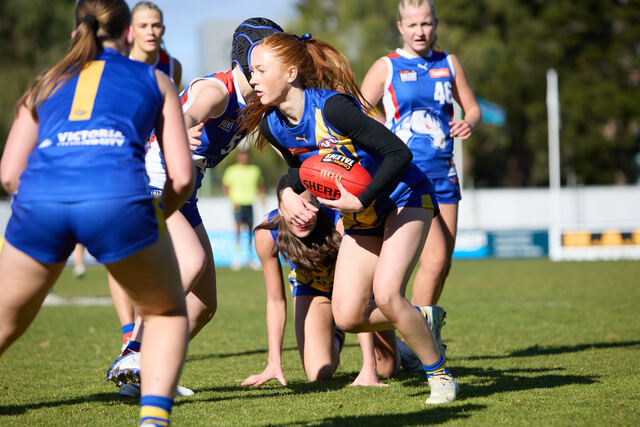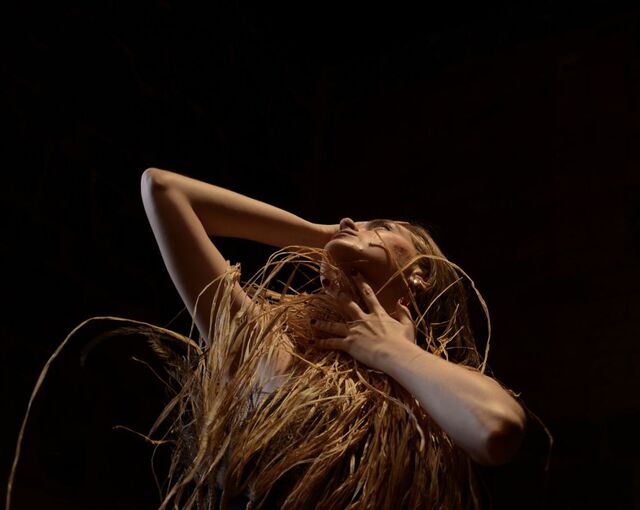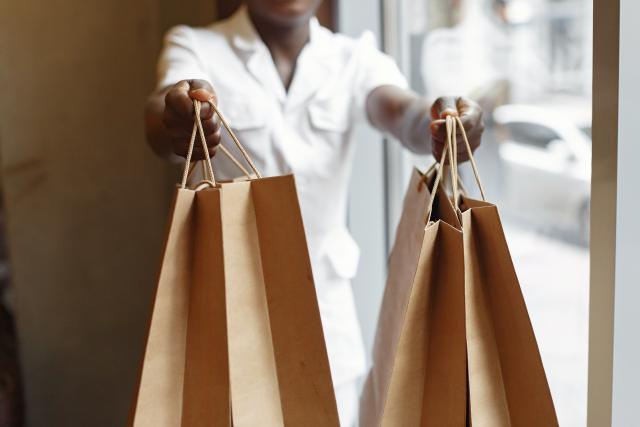Yarraville is an unlikely starting point for a story about the world’s rarest zebra.
But it’s the natural habitat of Brooke Squires, one of the architects of a remarkable program that helps an impoverished tribal people and a highly endangered species.
The program is a home-grown conservation effort that owes its success to the people of Melbourne, and it is now being adopted by zoos around the world.
Thanks to the Beads for Wildlife program, initiated at Werribee Open Range Zoo, hundreds of Kenyan women and their families are enjoying a better quality of life, and the numbers of Grevy’s zebras are slowly on the rise.
Squires admits that when she was introduced to the Rendille and Samburu tribal people of North Kenya in 2009, she had no idea where it would lead.
She was working as a rhino keeper at Werribee Zoo when its partnership with the Northern Rangelands Trust – which administers community conservancies across Kenya – was forged. The goal was to develop a program that would help communities financially and at the same time change attitudes towards endangered native wildlife.
At the top of this list was the critically endangered Grevy’s, or Imperial, zebra – the largest, least social of the three species of zebra, with bigger ears and narrower stripes. It is specially adapted to semi-arid grasslands.
But how to achieve such ambitious conservation aims?
“We know that to save wildlife in the field, you can’t just tell people to stop hunting them, exploiting them, driving them off their tribal land, because they do these things for a reason and it is usually based on survival,” says Squires, who now works full-time in international conservation for Zoos Victoria.
“What you need to do is provide people with other income streams that are sustainable to allow them to move away from practices that are harming wildlife and natural resources.”
That’s how the most improbable environmental champion – the plastic bead – became the seed of a scheme that has turned around many lives.
“Beadwork is a massive part of these people’s culture,” Squires says. “Women tell the stories about their life, clan, number of children through their beadwork.
“The principle was to take something that was culturally appropriate that the women do every day and turn it into a product for the western market.”
When Beads for Wildlife started four years ago, there were 40 Kenyan women in the program. Now there are more than 900 women supporting their families through traditional handicraft sold through Zoos Victoria. The women made between 50 and 75 per cent profit on each of the more than 104,000 beadwork items sold to date.
Some of the women are earning up to $400 a month – four times Kenya’s average monthly wage.
Having an alternative income stream has not only helped families get through the drought but also reduced livestock pressure on the land.
“While they were having herds that were too big for the landscape to sustain, eating every single blade of grass, the Grevy’s zebra didn’t stand a chance,” Squires says.
“But when you have fewer cattle, goats and sheep, it’s a whole different story and we are seeing a difference in the grazing systems with the Northern Rangelands Trust reporting a
40 per cent reduction in livestock between 2011 and 2012.
“Because the community members recognise the income they earn from beads – which is quite substantial – is because of the wildlife, they are becoming more tolerant and helpful and are starting to leave water in the top of wells for the zebras.” The extra income has provided security for families eking out an existence on the harsh, dry rangeland.
“These are nomadic pastoralists. Men are away with livestock for most of the year,” Squires says. “They don’t leave money or a cow or anything like that – the families are virtually left to fend for themselves. In tough times they will usually lose two or three members of their extended family.
“Now the women have the income to keep food on the table, to buy medical supplies to combat malaria, which kills so many people, to keep their kids at school and keep clothes on their back.”
Taking the pressure off households has reduced conflict and violence but also given the women a sense of pride in themselves. “For so long they were just on a hamster wheel: ‘This is my life, I have no expectations beyond this: I am going to birth these children and I am going to live as long as I can, then I am going to die.’
“It has been remarkable to see the change in these women. They have pride and confidence because they have seen where their lives can go.
“One woman, Josephine, took her business beyond beads by opening her own little shop in her hut selling sugar, tea and some staples. She can now afford to send her kids to secondary school and that is massive because so few of these kids ever get to secondary school.”
It’s all down to families in Melbourne. “The truth is, the theory of relieving pressure on native habitat by providing alternative forms of income for Kenyan tribes people would not work without the practical support of the people of Melbourne,” Squires says. “They have been so generous.”







